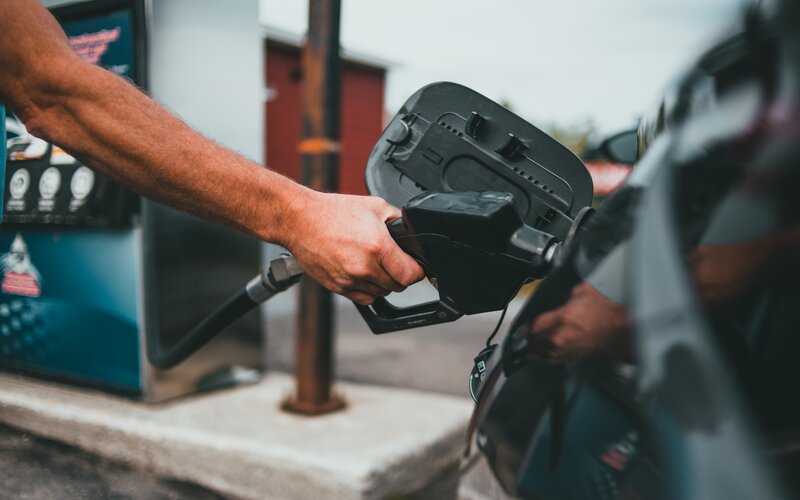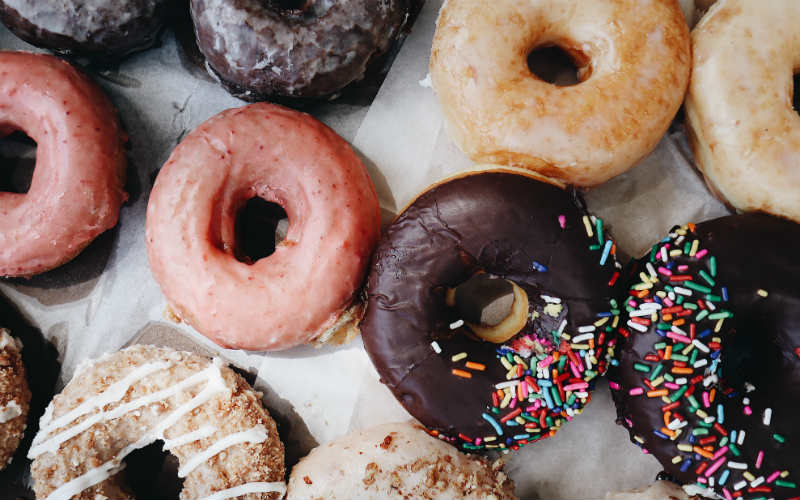The BeforePay index suggests Australians are adapting to the heightened cost of living, cutting back on most discretionary spending categories as the prices of non discretionary goods increase.
After fuel prices rose 13.9% in August, petrol and automotive expenses rose accordingly, the average Aussie spending $8.30 each day, up 2.6%.
Spending on utilities was also up to $6.21 daily, with electricity (up 12.7%) and gas prices (up 12.9%) both rising substantially in August's CPI indicator.
The most substantial cutback was to durable shopping, which dropped 4.5% to $6.77 from $7.09, followed by food and drink spending, which dropped 3.3% from $11.65 each day to $11.24.
Jamie Twiss, CEO of Beforepay, said average daily spending has been relatively stable for a few months, which he said was encouraging.
"[The results are] a positive sign that Australians are making the necessary changes to manage fluctuations in their living expenses," he said.
"With petrol prices surging and considering the continuous increase we’ve seen in utilities, it’s a good time for consumers to review their budgets and make adjustments where necessary."
The index captures everyday spending, so the $61.14 each day is on top of the cost of rent or mortgage repayments.
The CPI indicator for August showed a 7.8% increase to average rent over the year, up from 7.6% in July, while interest rates remain at elevated levels, so the cutback in discretionary spending is likely also a response to how expensive it is for Aussies to keep a roof over their heads.
Fuel and service prices still a concern?
The $8.30 that the average Aussie spends on fuel and automotive expenses each day is the highest since November 2022.
In yesterday's monetary policy decision, her first as RBA Governor, Michele Bullock acknowledged that fuel prices have risen "noticeably" of late.
According to the ACCC, fuel prices are now trending down after spiking in September in Sydney, Adelaide and Melbourne, while they are rising in Brisbane.
The CPI indicator showed fuel prices were up 13.9% in August compared to August '22, but this also reflects its volatility, with August '22 a low point in the cycle.
Fuel prices dropped 11.5% in the twelve months to August '22.
Service price inflation continues to be a concern, which Ms Bullock highlighted as a potential risk factor that could prompt the RBA to increase the cash rate once more in upcoming decisions.
"Services price inflation has been surprisingly persistent overseas and the same could occur in Australia," she said.
How the average Aussie's spending is changing
The index is based on the average daily spend of more than 385,000 Beforepay users across multiple categories.
The average annual income for surveyed customers was $60,469 (counting only principal income source), which might mean a sampling bias away from the higher earners in the nation.
| Spending category | December '22 | March '23 | June '23 | September '23 |
| Average daily spending | $62.02 | $57.17 | $58.88 | $61.14 |
| Groceries | $15.33 | $15.06 | $14.70 | $15.34 |
| Food and drink | $10.66 | $10.15 | $10.45 | $11.24 |
| Petrol and auto | $7.97 | $7.87 | $7.46 | $8.30 |
| Shopping | $9.73 | $6.53 | $8.30 | $7.36 |
| Utilities | $5.63 | $6.01 | $5.98 | $6.21 |
| Entertainment and Leisure | $3.31 | $3.00 | $3.05 | $3.35 |
| Durable shopping | $6.84 | $6.21 | $6.55 | $6.77 |
| Fitness and health | $2.55 | $2.34 | $2.39 | $2.57 |
Picture by Erik McLean on Unsplash



 Denise Raward
Denise Raward

 Harry O'Sullivan
Harry O'Sullivan
 Emma Duffy
Emma Duffy


